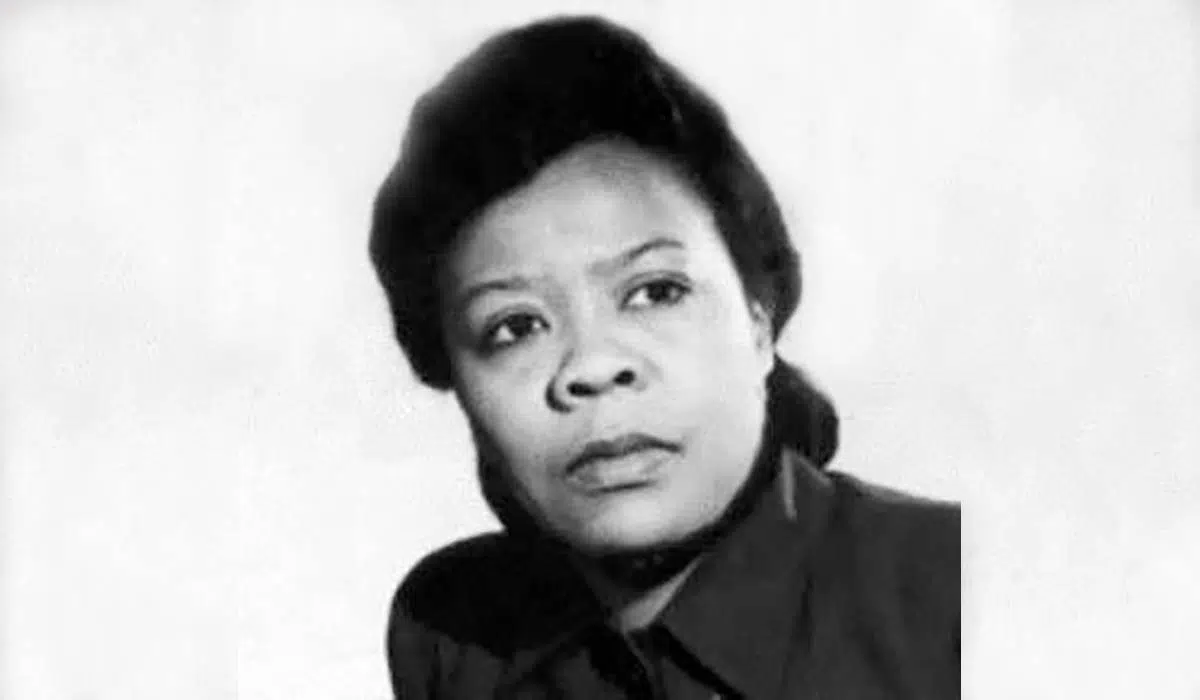Independent living is essential for all adults, including those who have a disability. The chance to live on one’s own, hold employment, and independently complete routine tasks — all of this contributes to a person’s dignity. That’s why access to supports, resources, and assistive technology is so crucial for creating a more accessible society.
One of the signature achievements of the Americans with Disabilities Act (ADA) was to drive inclusion and spark the creation of tools and policies that enable people with disabilities to integrate into everyday life. These developments include accessible housing and employment accommodations and the invention of a wide range of adaptive devices.
In the early 1900s, in contrast, expectations and accessibility for people with disabilities were quite different. Though some efforts had been made to accommodate veterans injured by war, there was still much stigma, exclusion, and ignorance that kept wounded soldiers from fully integrating into society.
This began to change around the mid-1900s when people with disabilities and their allies began organizing to fight these restrictions, demand access, and create more opportunities for independent living.
Bessie Blount: Hero for People with Disabilities
One of the individuals working to help people with disabilities participate in society was Bessie Blount, a physical therapist, nurse, inventor, and forensic scientist. Blount had an inventive mind and a strong desire to make a difference. Over the years, this combination enabled her to improve the lives of many people with disabilities and pave the way for thousands of other innovations.
Bessie Blount (Griffin) never forgot receiving punishment from a school teacher when she was seven years old in the 1920s. Her infraction at the time? Only using her left hand to write, which was considered unacceptable. However, Blount didn’t just stop when she learned to write with her right hand; she also taught herself to write with her mouth and feet. Later, the skills she learned during this youthful rebellion would enable her to help others to great benefit.
Living in a time with incredible societal obstacles for African Americans, Blount was a true trailblazer. After she finished the sixth grade, she had to develop her own education plan, as there were no schools that offered higher education to Black children in her Virginia hometown. Furthermore, she lived in an era in which women didn’t often get to attend college. But Bessie was set on becoming a physical therapist, and through sheer force of will, she managed to attend both the Panzar College of Physical Education and Union Junior College.
Groundbreaking Innovations for Independent Living
Blount started her career during World War II. Many veterans returned from the war with disabilities; limb amputations were especially common. When Bessie encountered these soldiers during the course of her physical therapy work, she immediately set to work looking for ways to restore a sense of independence and self-esteem to them. Blount soon developed an innovative technique for teaching patients how to conduct ordinary tasks, such as writing, with their feet or mouths. Some even learned how to read Braille with their feet. According to her son, Philip Griffin, Blount also set aside a special room in their home to work with patients.
As cited by the Afro-American Newspaper, a doctor suggested to Blount that in order to help veterans genuinely have a sense of autonomy and live more independently, she should make something that would help them eat independently, rather than rely on support staff to feed them. Deciding to take on the challenge, Blount worked tirelessly in her kitchen, using a file, an ice pick, a hammer, dishes, and boiling water to melt plastic into a mold. The end result was the first prototype of a self-feeding device, which delivered individual bites of food from an attached machine with a simple bite on the tube.
For her efforts, Blount earned a patent. But she didn’t stop there. Four years and $3,000 of her own funds later, Blount created an improved model, made of stainless steel, that included built-in support for a food holder. The debut invention earned Bessie another patent and a standing ovation when she demonstrated the device at a New Jersey hospital.
Even though these apparatuses had the opportunity to change many people’s lives, the American Veterans Association declined to purchase any of the devices, preferring instead to use caregivers. Undaunted, Blount donated the patent rights to both her inventions in 1951 to the French government. “I wanted to show that a colored woman can invent something for the benefit of humankind,” she told Afro-American Newspaper in 1952.
Contributing to Independent Living Today
Blount’s legacy helped pave the way for the myriad of tools and supports that exist today to help people with disabilities complete everyday tasks. More importantly, Bessie’s example has inspired many within the disability community. More and more people are creating their own inventions to overcome obstacles, including self-feeding devices.
Ryan Hines is one of these modern inventors. Unable to eat easily due to arthrogryposis (a congenital condition that causes underdeveloped arm and leg muscles, incorrectly formed joints, and a limited range of motion), Ryan decided to take matters into his own hands, and following in the footsteps of Bessie Blount, created his own device. He explained its significance in 2016:
“The Bear Paw self-feeder is important to the very small portion of the community who can’t use their hands well enough to feed themselves and their caregivers. To me, it’s essential to have the choice of independence – regardless if the person you rely on is a loving family member or spouse.”
No doubt Bessie Blount would have agreed with that sentiment.

